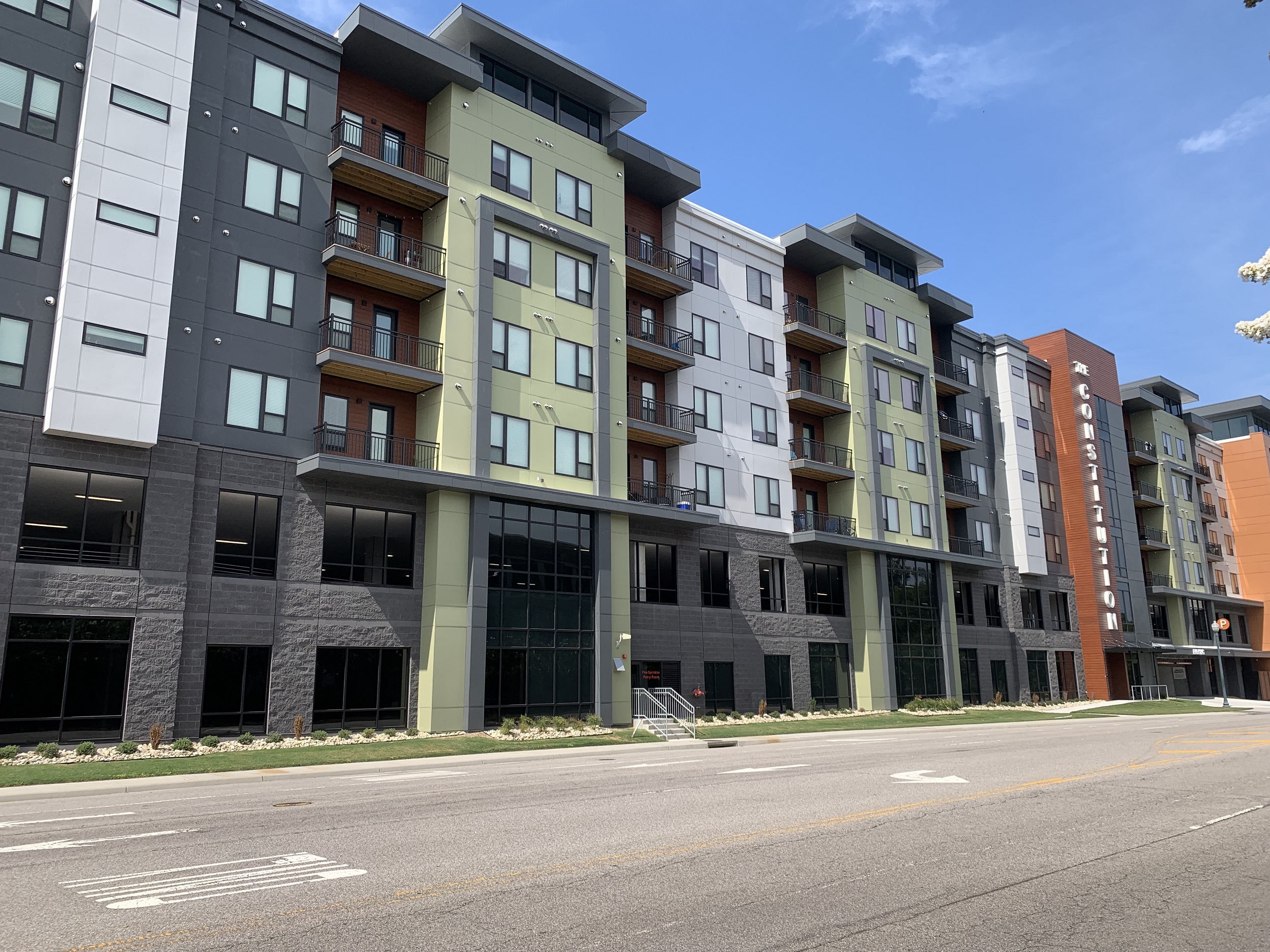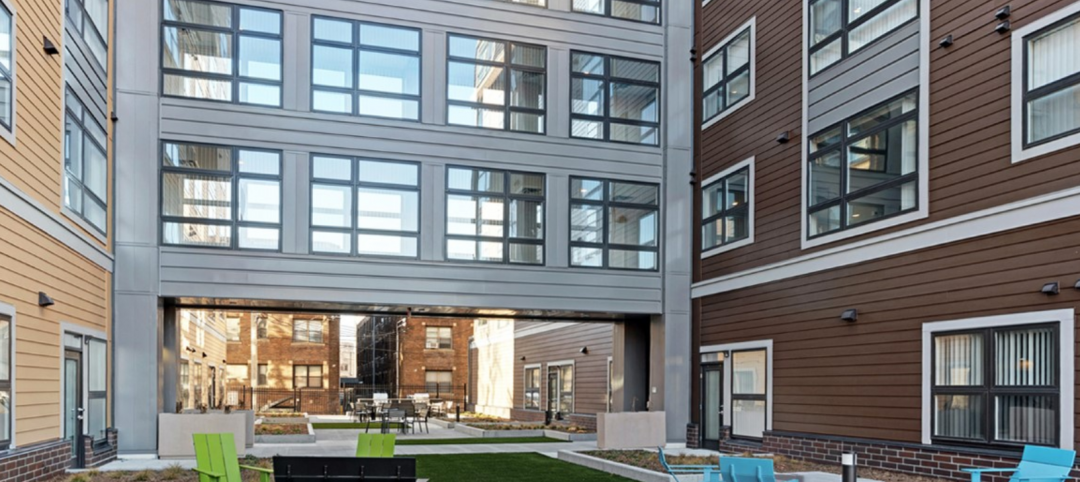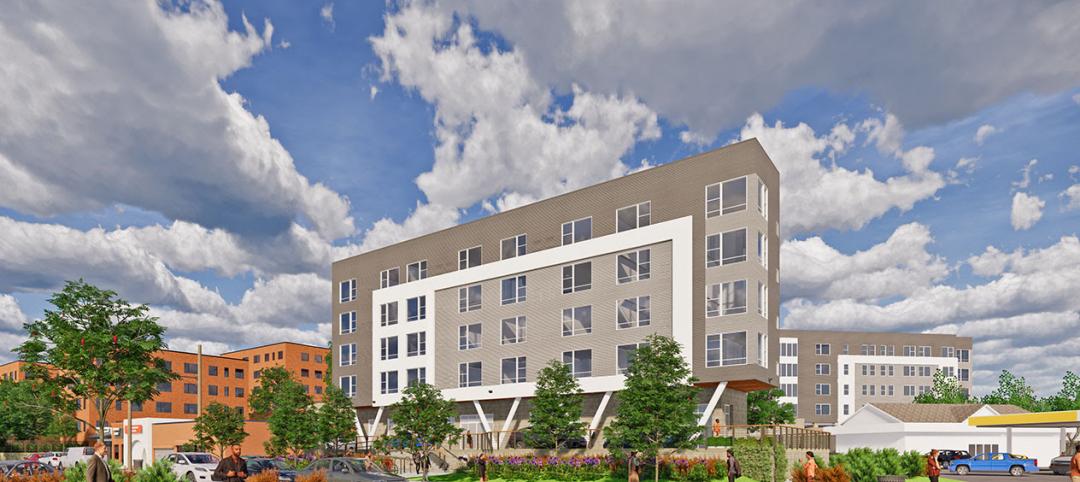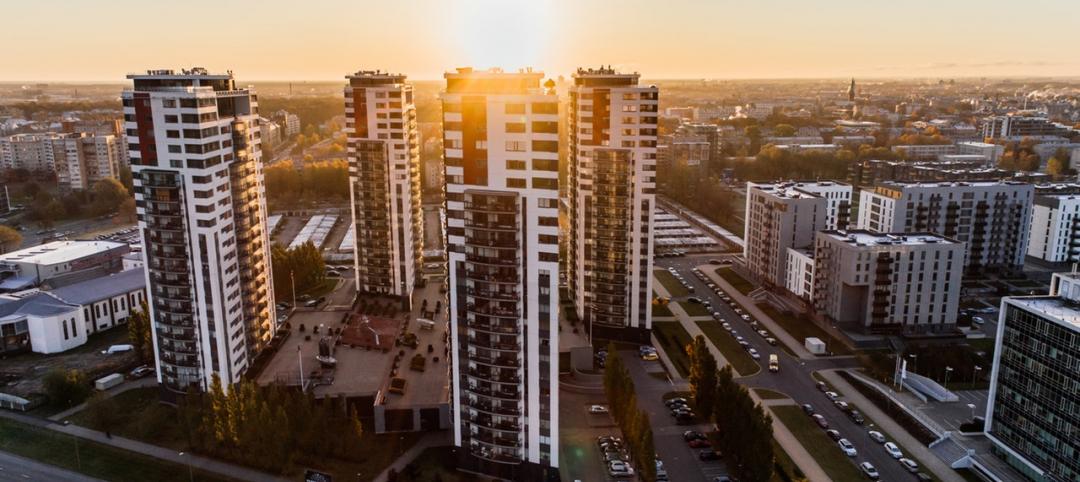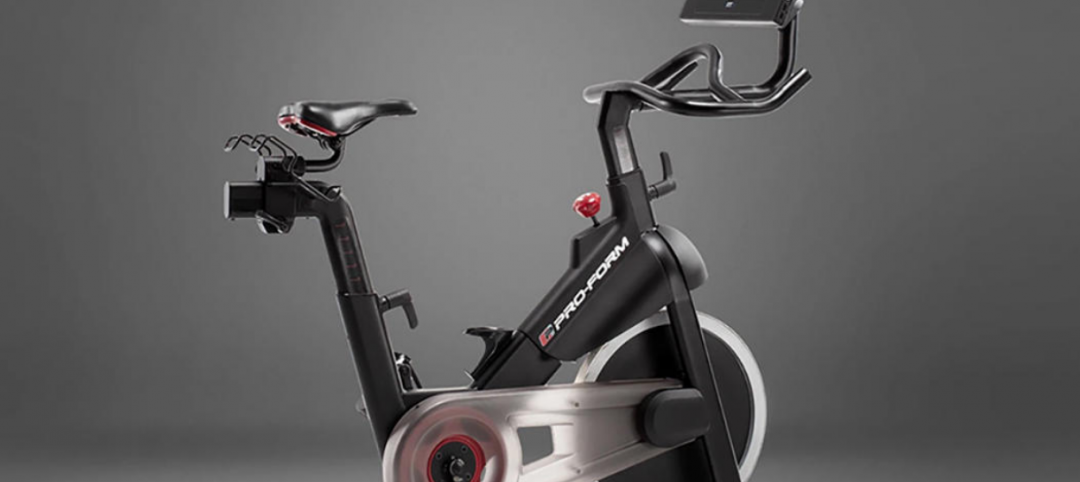Ultra Aluminum Mfg., Inc. recently supplied its Ultra Signature aluminum railing for the balconies at The Constitution (City View II) in Virginia Beach, VA. Clancy & Theys Construction Company selected John Patterson with Brothers Fence and Rail to install the aluminum railing for its project. Mr. Patterson stated, “we selected the Ultra Aluminum railing because it is easy to install, much lighter than steel railing and not subject to the corrosion associated with steel railing this close to the salt water. Plus, it was competitively priced and the engineering staff at Ultra assisted with the required submittals and project quote.”
Ultra Aluminum Mfg., Inc. is based in Howell, MI and has been focused on producing quality aluminum fence and rail for nearly 25 years. As a leader in the industry, Ultra Aluminum has been focused on the multi-family industry for the past 8 years because they can supply the balcony railing, pool fence, dumpster enclosures and privacy panels around the generators and HVAC equipment. Ultra Aluminum powder coats all its products to the AAMA2604 specifications and offers a 10-year commercial warranty, another differentiator when compared to steel railing products.
The railing used at The Constitution was UARC 270 3-rail continuous with the Franklin top profile seen below:
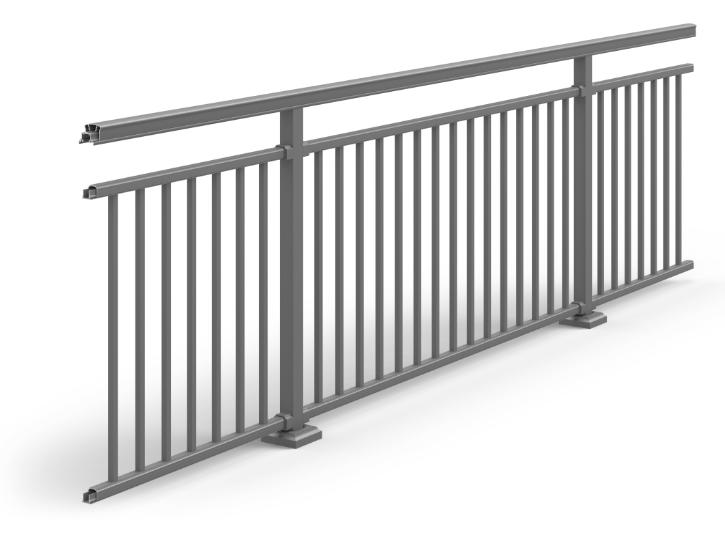
Ultra Aluminum railing products are engineered to exceed the IRC and IBC requirements for “guard rail” and is a favorite among installing contractors due to its installation simplicity. The Constitution project had balcony railing on its exterior as well as in the courtyard providing its’ residents with a safe balcony space to enjoy the year-round climate in the Virginia Beach region.

As stated earlier, Ultra Aluminum can create submittals and a project quote for the installing contractors from the project plans they provide. Ultra has a network of installation partners, like Brothers Fence and Rail throughout the United States should the Developer and/or General Contractor need turnkey proposals.
The building industry is seeing a dramatic change in materials used for multi-family railing. For years wood was the material of choice but began changing to vinyl and steel in the 1980’s. In the past two decades aluminum has been the fastest growing material used for fence and railing due to its life expectancy, low maintenance, installation ease and competitive pricing.
Should you need a railing or fence partner for upcoming multi-family projects consider reaching out to Ultra Aluminum Mfg., Inc. at 800-656-4420. Their websites are great resources as well: www.ultrarailing.com and www.ultrafence.com.
Related Stories
Multifamily Housing | Dec 4, 2019
9 tips on creating places of respite and reflection
We talked to six veteran landscape architects about how to incorporate gardens and quiet spaces into multifamily communities.
| Nov 20, 2019
ClosetMaid to celebrate 55 years in business at the 2020 NAHB International Builders Show
Company to celebrate 55 years in storage and organization with a visit by celebrity guest Anthony Carrino.
Multifamily Housing | Nov 20, 2019
Over 400 micro units spread across two communities under development in Austin
Transwestern is developing the projects.
Multifamily Housing | Nov 14, 2019
U.S. multifamily market stays strong into 4th quarter 2019
October performance sets a record amid rising political pressure to cap rent growth, reports Yardi Matrix.
Multifamily Housing | Nov 8, 2019
The Peloton Wars, Part III - More alternatives for apartment building owners
ProForm Studio Bike Pro review.
Multifamily Housing | Nov 7, 2019
Multifamily construction market remains strong heading into 2020
Fewer than one in 10 AEC firms doing multifamily work reported a decrease in proposal activity in Q3 2019, according to a PSMJ report.
| Nov 6, 2019
Solomon Cordwell Buenz opens Seattle office, headed by Nolan Sit
National design firm brings residential high-rise expertise to the Pacific Northwest
| Nov 6, 2019
Passive House senior high-rise uses structural thermal breaks to insulate steel penetrations
Built to International Passive House standards, the Corona Senior Residence in Queens, N.Y., prevents thermal bridging between interior and exterior steel structures by insulating canopies and rooftop supports where they penetrate the building envelope.

